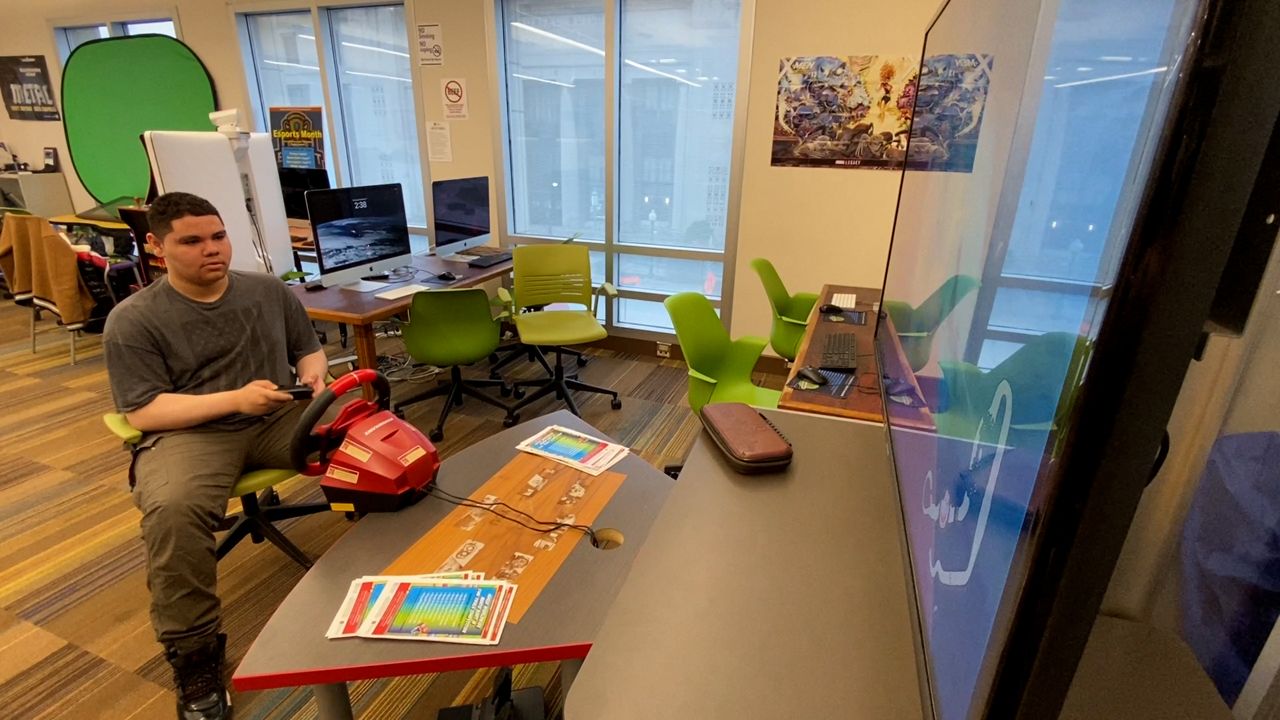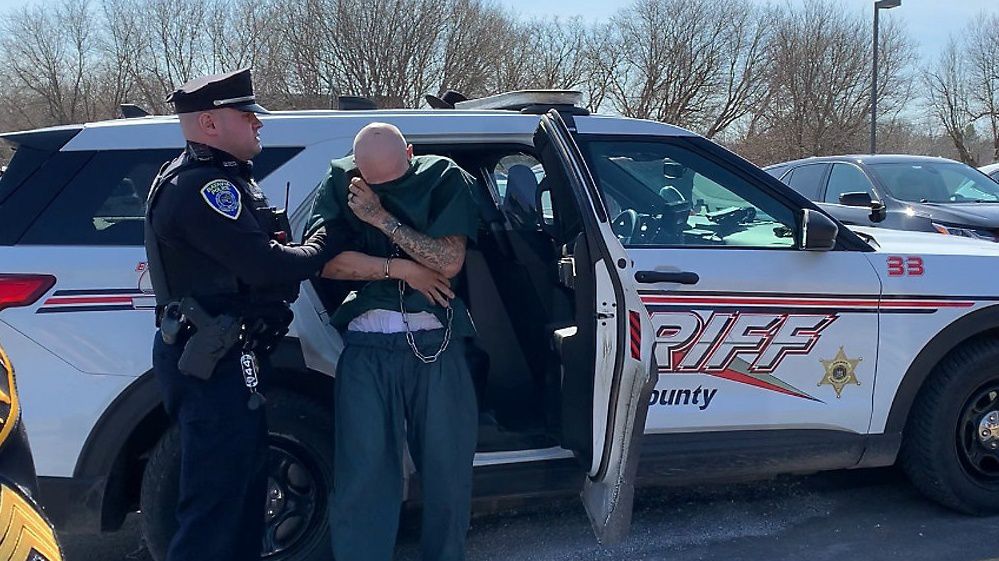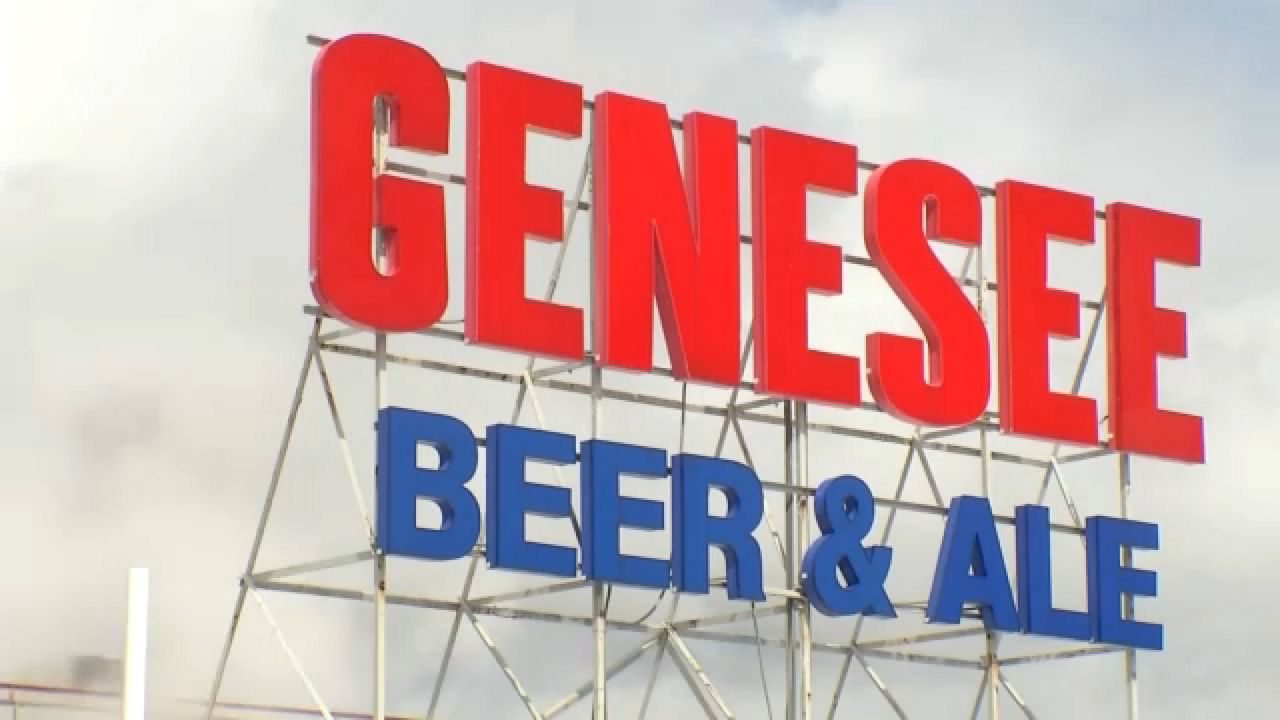GENEVA, N.Y. — When you think of food security here on Earth, NASA might not be the first resource that comes to mind. But a partnership between the space agency and Cornell University researchers is looking for new tools to help growers detect disease in specialty crops in New York and across the country.
In a plot planted with various varieties of grapes, a slow moving robot is helping researchers get a better understanding of a fast-changing world.
“We came up with this idea, why not use the robot to do the scouting in the field?” explained Yu Jiang, assistant professor of systems engineering and data analytics for specialty crops at Cornell AgriTech in Geneva.
Jiang and other researchers are highlighting the use of robots to better detect diseases in specialty crops. In this case, grapes, and the the downy mildew that’s part of a test plot near the campus research facility.
The robots are part of a unique program that pairs the agriculture industry, researchers and NASA. Last year, Cornell received a $1.4 million dollar grant as part of an effort called NASA Acres, to expand the use of satellite imagery coupled with ground research to eventually assist growers.
“Actually, agriculture is one of NASA's longest-served communities,” said Karen St. Germain, NASA director of earth science.
It is an effort that’s been going on since the 70s when NASA satellites became a vantage point during a global food crisis. Traditionally used to monitor commodity and row crops, NASA’s partnership with Cornell researchers helps develop ways to monitor a changing climate from both above and on the ground by integrating data from both.
“When we work with producers, and we can combine their knowledge of what's happening on the ground with what we can see from space, we can get to really scalable solutions to help agriculture far more broadly,” said St. Germain.
“With climate change, the number one thing is uncertainty,” said Jiang.
The idea is that the data can help growers with pest and disease management. A high-tech space age approach to food security.
“We think it's really important to bring the science we have to bear on those challenges,” said St. Germain. “To help the whole industry, adapt to the changes they facing, and maybe even become part of the solution.”










